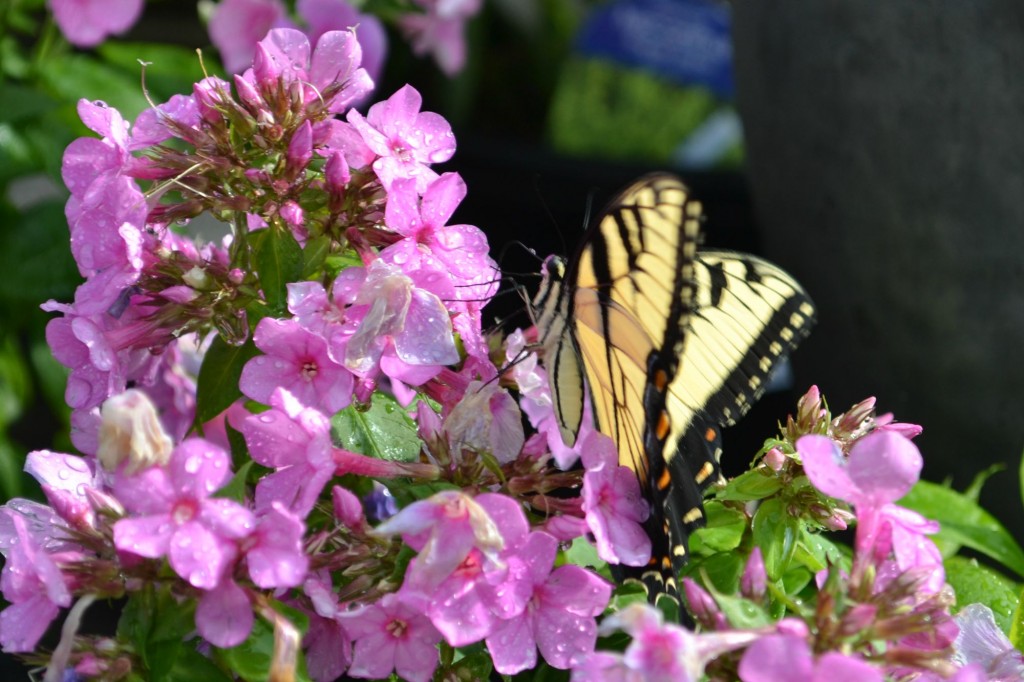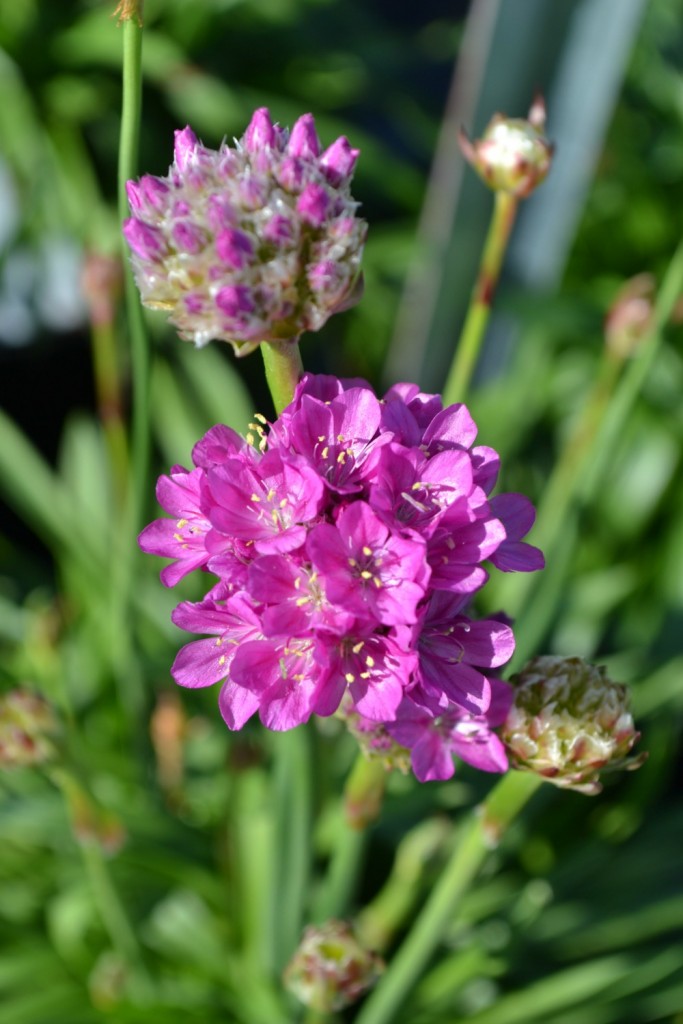Phlox and Thrift: Not Your Grandma’s Garden
Some of today’s gardeners try to tame Mother Nature with sculptural and minimalist landscapes that compliment more modern architecture. New and modern designs can be great, but there’s always a way to incorporate old favorites. Large, contemporary containers or carefully constructed terraces are perfect examples. Modern structures can keep flowering plants under control while their placement can enhance your home without competing with the design aesthetic.

Phlox and Thrift are two “old-fashioned” favorites that translate well into today’s landscapes. Creeping phlox, or Phlox subulata, is a low-growing spreader that blooms in the spring. It creates carpets of flowers in shades of red, pink, white and lavender that look particularly stunning draping over wall edges or among rocks and paving stones. Provide regular water in full sun to part shade, and cut back 50% after blooming to encourage another blooming cycle.

Tall garden phlox (Phlox paniculata) can grow up to four feet tall. It blooms in the late spring to early summer in shades of pink, purple and white. Butterflies are attracted to the flowers, as some varieties can be quite fragrant. These will create interest in the rear of the garden, among ornamental grasses or stationed at corners of walls. Once again, garden phlox appreciates full sun to part shade and regular water.

Thrift (Armeria) is a good old-fashioned rock garden plant. Strategic placement among decorative rocks or in low, interesting containers really shows it off. Thrift grows into one-foot mounds of grass-like foliage topped with rose pink flowers. It loves full sun, but must have regular moisture in the soil. It can be easily divided every few years; the more, the merrier!

Best of all, Phlox and Thrift are perennials which can be a staple of your garden year after year. Why not try a little “cottage garden charm” in your twenty-first century landscape?
Happy Perennial Gardening!
Pam G.




